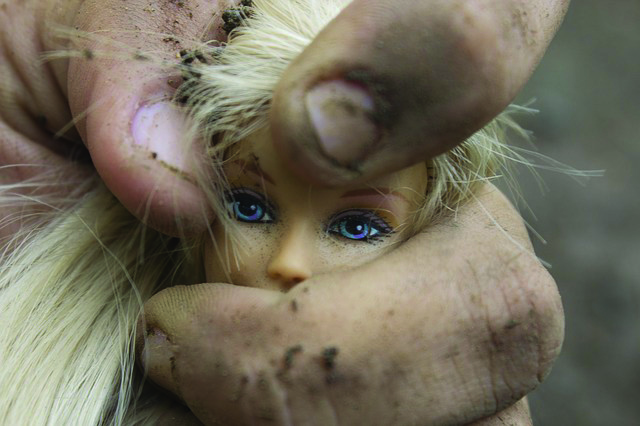By Jessica Johnson (Contributor) – Email
Print Edition: March 25, 2015
Violence and discrimination against women in real life is a pervasive, even pandemic, problem. Many women who suffer as a result of violence are shamed, blamed, and treated as second-class citizens, and many more are made to feel uncomfortable even talking about it. When we illustrate this kind of violence in media for shock value, we are treating a very real nightmare as being no more than everyday entertainment.
Media relies heavily on the idea that there’s such a thing as a “good” victim and “bad” perpetrator. This “good” victim usually represents a narrow demographic, someone who is visually deemed trustworthy. Usually white and a native English speaker, this victim dresses conservatively and is sexualized as little as possible in order to maintain credibility in the eyes of the audience. On the flipside, the “bad” perpetrator is typically older, arrogant, and someone most people would instinctively dislike upon meeting.
Creating the idea that the crime of sexual assault is only a crime when it fits into a certain box, and that the victim is only as credible as their appearance, has an acute effect on how people regard violence against women. Already, many people believe that women who are raped, abused, or assaulted while dressed provocatively deserved it. Psychologists have already shown many times over that this is not the case — that rapists and abusers are opportunists and that race, sexuality, and manner of dress matter very little indeed, so long as the target is seemingly easily overpowered.
Conversely, depicting women in antagonistic roles that would typically be filled by men — especially in abusive or violent situations — does nothing to negate the fact that the male-dominated power dynamic still exists. And these are not well-written characters with full backstories. Sometimes they are even, God forbid, women who are evil just for the hell of it. Often these women, few and far between, are characterised as “man haters” or victims of a crime that made them the way they are. In one version of the story, it’s so unrealistic for them to be a powerful, career-driven female that they obviously must be a man hater. In another, there’s a tragic explanation for their actions that makes them out to be, yet again, the victim.
The latter archetypal character isn’t exactly harmful, no matter the gender. But it does condone (to an extent) the idea that you can get away with a violent action if your backstory gets you enough “awwwws” from the audience. Taken from a patriarchal perspective, it’s an extreme version of “boys will be boys.” Even up until recently, this kind of thinking — that if you are somehow a victim your destructive actions are justified — has brought about tragic results. This mentality is prominent in men who think that murder or abuse is justified if they didn’t receive what they thought was owed them by women. While this isn’t exactly breaking news, one does note a steady increase in the school shootings brought on by boys who felt victimized by girls who didn’t want to go to prom with them.
To say that society hasn’t advanced in terms of the rights and treatment of women would be to disregard the hard work of feminist movements. From Angelina Grimke and the abolitionist movement to the modern third-wave feminism of “riot grrrls” and the challenging of heteronormativity, massive progress has been made — and much of this headway owes to the inspiration that men and women alike find in strong, female characters. If we truly want life to imitate art in the most positive way possible, we must present fairly balanced power dynamics to the audience viewing our media. We have an obligation to future generations to create a society where violence against women is no longer used for shock value to boost viewer rates — rather, one where these issues are discussed openly and without discrimination across every gender, to ensure that all are treated equally and made to feel safe.


